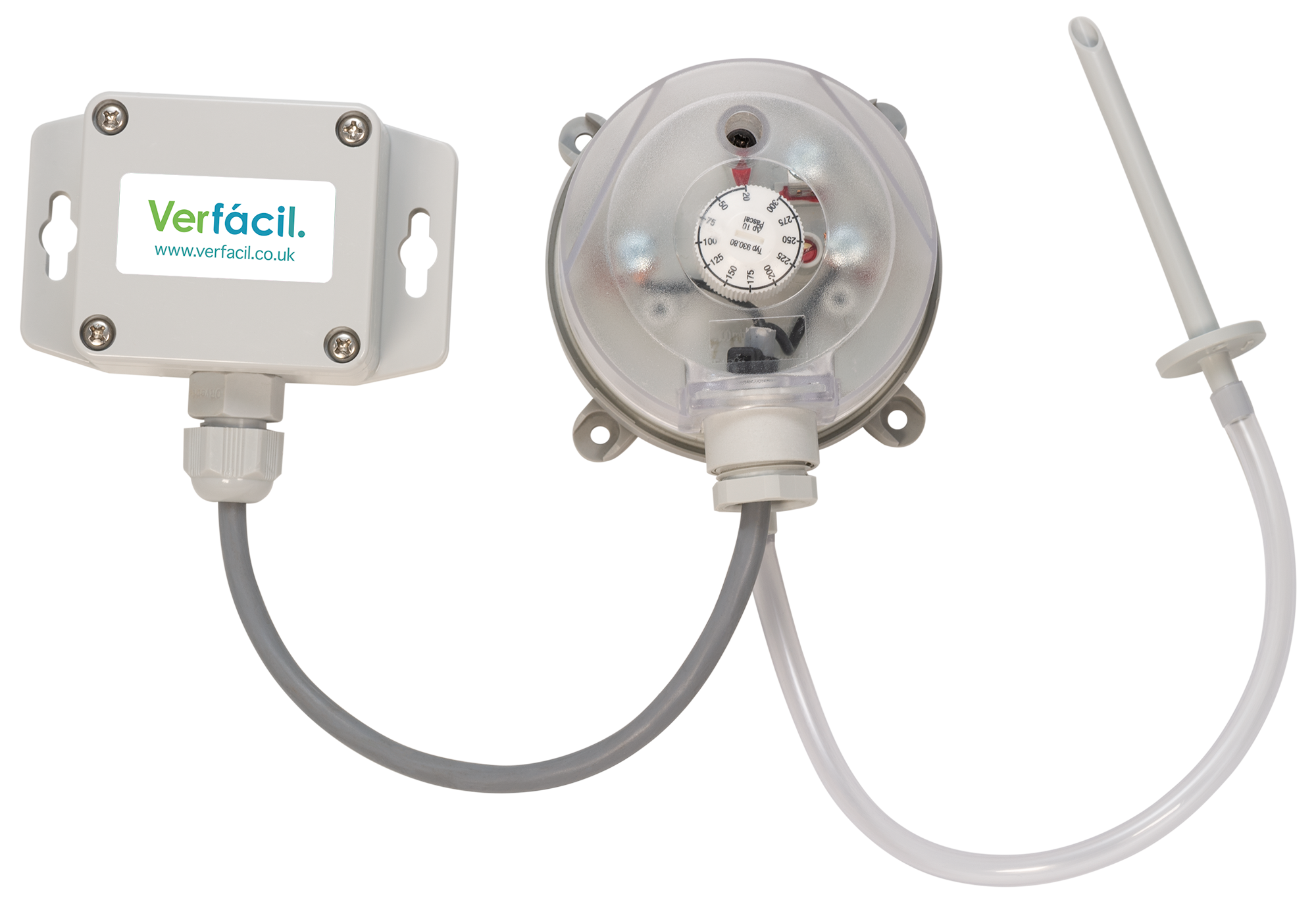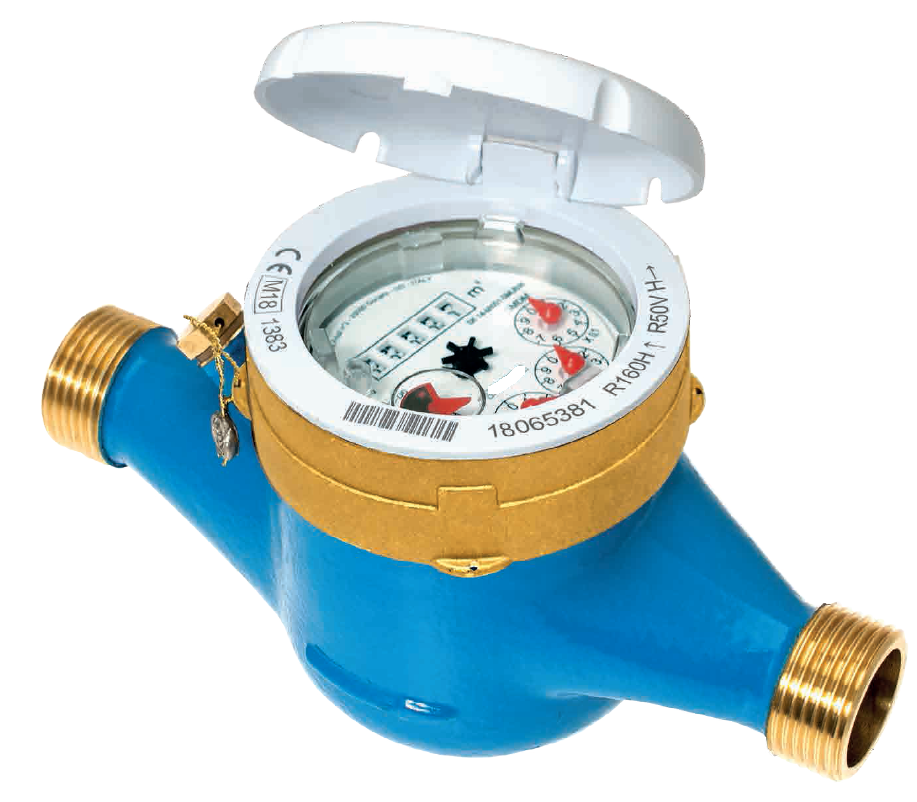Alice Miller of Friars Moor Livestock Health recently wrote an article in Farmers Weekly magazine titled “6 housing tips for better dairy production and welfare”. This well written post provides farmers with tips on practical changes to the housing environment that can improve the health, welfare and productivity of the dairy herd.
We would like to expand on this and discover how LoRaWAN wireless sensor technology can monitor a dairy farm for specific improvements.
Let us take tip 1 “Light levels”.
Farmers Weekly – “The level of light exposure at certain production stages can have beneficial effects on milk production. The documented research findings reflect what we see in practice. A long photoperiod (18 hours), compared to natural day length, can increase milk yield by an average of two litres/day. However, shorter day lengths are recommended for dry cows. Reduced light hours at eight hours during a 60-day dry period can increase milk yield in the following lactation by 3.2kg/day. Light levels within the shed should be at least 200 lux during the day, and in periods of darkness levels should not be less than 30 lux to ensure cows can still see to move around the building. The best buildings expose cows to maximum natural daylight levels as well as having the option of ample artificial LED lighting, so light levels can be adjusted accordingly. But it is worth considering that where skylights are used to increase daylight levels, ambient temperature can also rise in a “greenhouse” effect.”
Simple to install LoRaWAN wireless Lux light level sensors such as the Elsys ESM5k shown below monitor lux levels which are then stored in the cloud and available to view on a PC, tablet or smartphone as tabulated or graphed information. Battery life of these small devices can be as long as 5 years.

Tip 6 “Heat stress”
Farmers Weekly – “The effect of heat stress on cattle has
been well documented. The
upper critical temperature (UCT) of adult cattle is 25C – above this, cattle
are at risk of heat stress. It is important to consider UCT is even
lower when humidity levels increase. Heat stress is a welfare issue but will also
have detrimental effects, including reduced dry matter intake, milk yield
reductions, poor fertility, increased embryonic loss and more clinical
mastitis. Heat stress can be avoided by ensuring buildings are well ventilated,
with unrestricted air inlets and outlets. Where there is not enough natural
ventilation, mechanical ventilation systems should be considered. Buildings
that work best are those where you can control ventilation to suit daily
temperature, humidity and wind speed changes, to ensure cows can always avoid
thermal extremes. Placing fans in areas where cattle are grouped and natural
ventilation maybe restricted, such as the collecting yard and parlour, should
also be considered and can make a huge positive difference for the cow. It is also
important to consider that a cow’s water intake requirement may increase by
10-20% in warmer conditions, with lactating cows requiring 100-130 litres/day.
Allowing enough trough space is therefore critical.”
LoRaWAN temperature and humidity sensors can easily be deployed throughout the dairy housing and with batteries lasting up to 5 years they a “fit & forget” solutions. The temperature & humidity readings are automatically stored in the cloud and the farmer is alerted by email if the environment changes outside setpoint parameters.

Wireless, battery operated ventilation monitoring devices such as the LoRaWAN air differential pressure switch can easily be installed across a fan. If the ventilation fails the farmer is alerted immediately by email.

Water meters with embedded LoRaWAN communication or retrofit LoRa devices for pulse output meters monitor water consumed by the dairy herd. Better still are LoRaWAN Smart Rumen Bolus like this device from Moonsyst. These cattle bolus stay within the reticulum and provide accurate temperature & activity data of the cattle including a record of every time drinking water is consumed.


To read the full article in Farmers Weekly please click the link below:
https://www.fwi.co.uk/livestock/housing/6-housing-tips-for-better-dairy-production-and-welfare?fbclid=IwAR2tlhD2NTo-Rq_a1p8pi5R3XjEmiT_tMrjLcMEZb70f3UO39HmGWDryvK0

